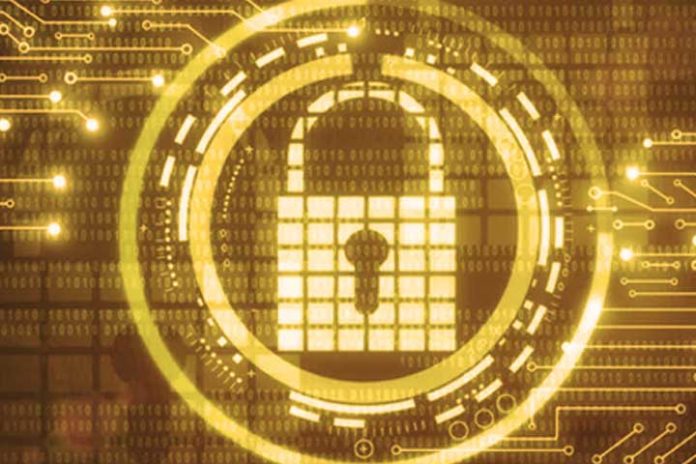In this digital age in which we find ourselves, it is worth saying that technology is advancing at a dizzying rate, and with it, the ecosystem of suppliers, technology platforms and business applications that companies need to provide their services in a cutting-edge, sustainable and efficient manner. During this path towards digital transformation, sometimes forced, the door is opened to new cybersecurity risks that have an increasingly more significant impact on the business. For this reason, they carry out an analysis of the 4 key concepts that organizations must work on to maintain a basic level of cybersecurity:
Keep the technological platform updated
By default, all technological products contain vulnerabilities intrinsic to the technology. Although software companies are focusing more on the security of their products, it is only a matter of time before organized groups with vast computing skills and resources discover vulnerabilities, opening security holes in all organizations that use such products.
In 2021 alone, more than 28,000 vulnerabilities in operating systems, databases, applications, etc., were made public. Once made public, software companies work around the clock to release a security update that fixes the discovered vulnerability. Therefore, to ensure their security, companies need to have a solid program of ongoing vulnerability management, which allows them to discover and solve these security holes in their technology platform as soon as they are made public.
Employee awareness
On the other hand, there are the employees who make use of the company’s information and technological resources. Along with Social Engineering, the ignorance and misuse of technology (intentional or not) by employees represents one of the most significant risks for companies’ security.
The vast majority of cyberattacks, even some of the most elaborate ones, require some human interaction to be successful: from opening an infected file or clicking on a link because you don’t know how to identify a malicious email to using weak and predictable passwords to Access company resources exposed to the Internet.
In this line, companies must dedicate time and resources to educate and train their employees in good security practices and protect Access to their identities using robust password policies (at least 12 characters), complemented with security solutions. Such as MFA ( Multi-Factor Authentication) or tending to what is known as Passwordless.
Third-party management
In recent years, a growing trend of cyberattacks through third parties has been detected, with the attack on SolarWinds at the end of 2020 being the most representative example. It is not enough for companies to keep their technology up to date and train their employees, they must also demand the same from their entire ecosystem of Vendors with whom they collaborate and share information and risks.
Business continuity and resilience
Still, zero risk does not exist in the world of cybersecurity. The term “resilience” has been used for years to complement Business Continuity. In moments of crisis, when the only thing left to do is an act, there is no room for improvisation, and the steps to be followed by the systems, cybersecurity, communication, human resources and crisis committee teams must be guided by this type of plans. All these processes must be worked on and defined in moments of calm and bear in mind that no organization is exempt from suffering a cyber attack today.
“We have seen Ransomware attacks on large companies that put their usual operations and their reputation at risk,” explains Javier Castro Bravo, Associate Director and leader of the cybersecurity area at Stratasys. “Depending on the preparation and previous work in terms of Response and Recovery from security incidents, the impact on the business will be greater or lesser, both from the operational and economic point of view, as well as reputational. That is why companies must work on their response and recovery plans for cyber attacks and any other incident or disaster beforehand”.
Also Read: Cybersecurity In 2022 | Trends And Threats

